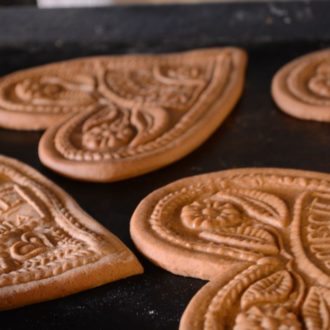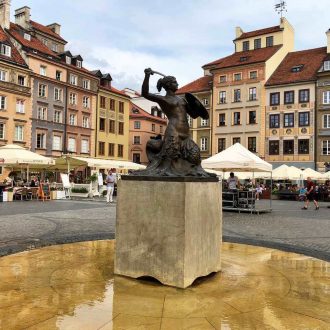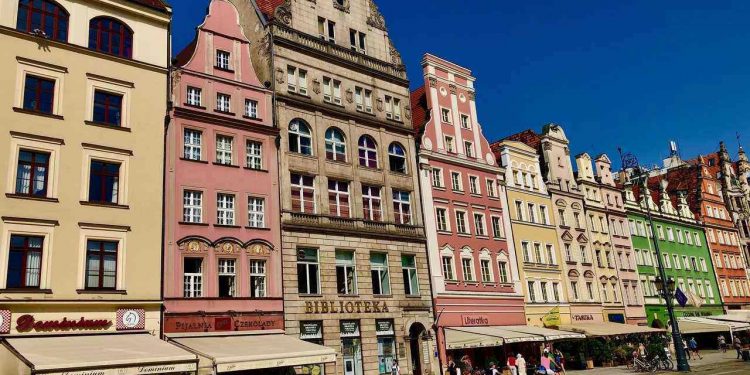
There is an old-world charm that radiates from every stone wall in Poland. Stone benches take me on a melodious tour in Warsaw. There are dragons and mermaids everywhere. I see stars with Copernicus, the astronomer while I waltz around with Chopin, the composer. There are murders inside cathedrals while cobblers become heroes. I am hopping from one city to another, soaking in the atmosphere at the Old Towns here, which are now UNESCO World Heritage Sites. The Old Towns in Poland are more than just historic, they are oozing with charm and are destinations by themselves and are the key places to see in Poland. If you are not sure where to begin your travels in Poland, then head to an Old Town in any of your favourite city and you will find several things to do in Poland. From Krakow to Warsaw, Torun to Gdansk, Sopot to Wroclaw, here are some of the fascinating Old Towns in Poland.
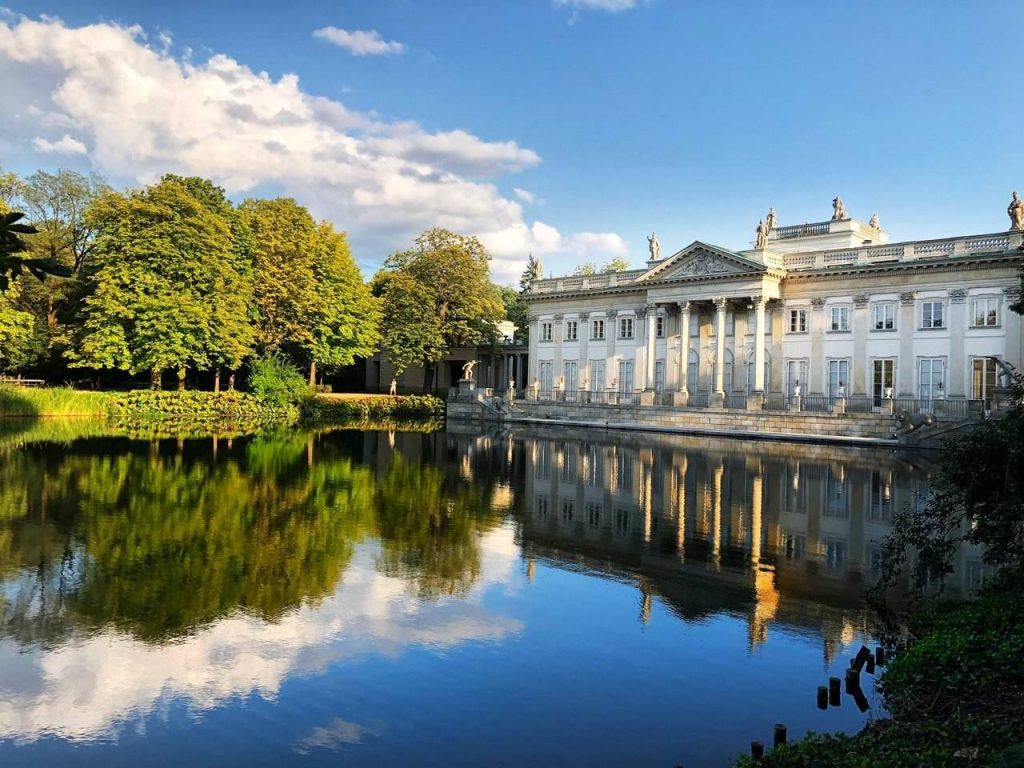
Old Town of Krakow
It is a bright sunny morning and am floating aimlessly in a little boat in the azure waters of the Vistula in Krakow. All of a sudden, a formidable fortress, looking straight out of a Game of Thrones set looms large in front of me. The Wawel Castle was the seat of the Polish Royalty in the medieval era but I am more interested in dragons than emperors.
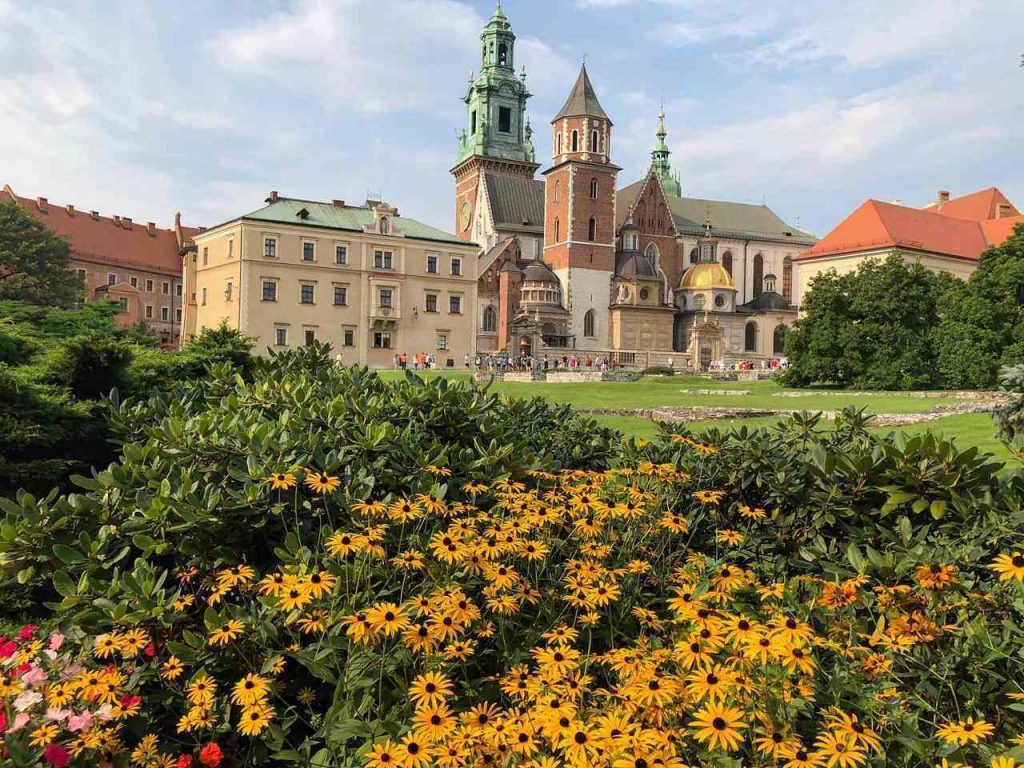
According to the lore, the Wawel dragon was killing virgins, and a desperate king, worried about his daughter’s safety announced that he would marry her to the man who killed the monster. The story goes that Skuba, a cobbler’s apprentice stuffed a lamb with sulphur and used it as bait to lure the dragon, who apparently exploded. In some legends, Skuba becomes a prince Krakus, the founder of Krakow but I choose to believe the first.
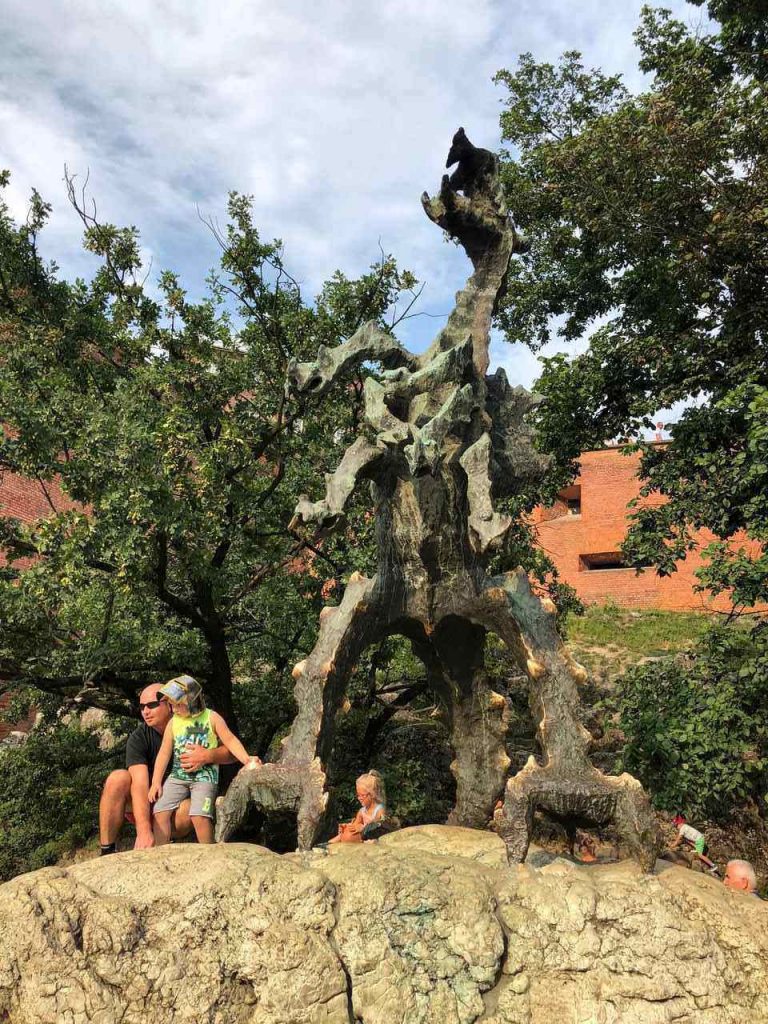
It is stories like this that endear me to Krakow. Later, in the day I become a time traveller as a horse-drawn carriage whisks me away into the 11th century. A trumpeter atop the St Mary’s Church plays the anthem of Krakow as I am lost in the Stare Miasto or the Old Town, which is a UNESCO World Heritage Site. Monuments built in Renaissance, Baroque, and Gothic styles jostle for space as palaces and fortresses, theatres and churches, and mansions and museums lie huddled next to each other. The Old Towns in Poland take you into the medieval era and in Krakow you are lost in a world of stories,
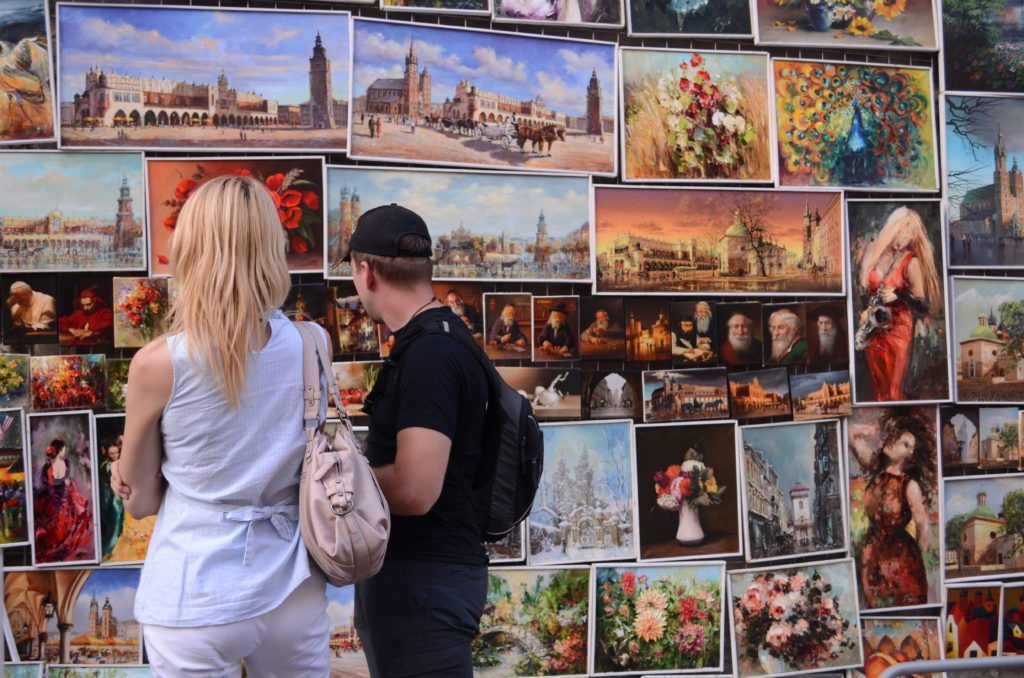
Posters being sold on a street in Krakow
The Rynek Glowny is the largest medieval square in the Old Town and the view from the St Marys Basilica treats me to a carnival-like atmosphere. Biting into a ring-shaped bread called Obwarzanki Krakowskie, I follow the footsteps of newly crowned kings who took the Royal Route from the Florian Gate, passing by the Barbican of Krakow to Wawel. My guide tells me that the medieval fortifications were built over 200 years. There are several museums, art galleries, churches, cafes, and souvenir shops here but I am told not to miss the Sukiennice or the Renaissance cloth hall, St Anne’s Church, and the Adam Mickiewicz monument, dedicated to the poet. We end the tour by exploring the underground vaults of cafes and shops of the Main Square where Krakow’s bitter past comes to the fore. The Old Town of Krakow is one of the places to see in Poland and you can lose yourself in the old world charm.
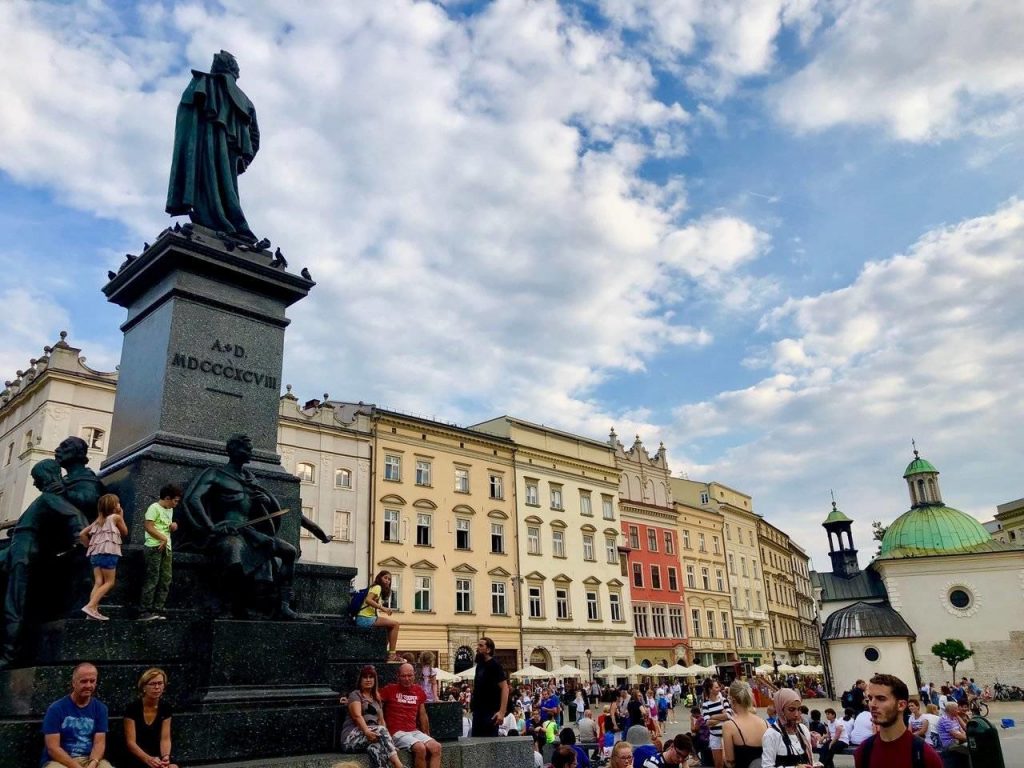
Old Town of Warsaw
It is almost noon as our train chugs into the Polish capital, Warsaw where mermaids greet us. The Old Town or the Stare Miastro has risen from the ashes of World War 11 as it has been rebuilt. Yet as I walk around the cobbled streets of the Old Town Market Place where stone benches become jukeboxes, I cannot believe that this was once a war-torn city. The Mermaid of Warsaw is almost like a patron saint, protecting the city but the locals believe that she had gone to meet her sister in Copenhagen when the bombings began. Stories are galore in the Old Town of Warsaw and there are many things to do in Poland, but for me, the fact that it has been rebuilt brick by brick is what fascinates me. All the Old Towns in Poland literally make you a time traveller as you are swept away into a fairy tale world, away from the horrors of wars.

The first thing I see as a tourist is the Royal Castle which formed the nucleus of the Old Town. We go on a walking tour, along the Royal Route stopping by palaces and castles and heading towards the Market Square where the Old and New Towns meet. The Old Town Marketplace is a picture postcard come alive. There are museums galore – from the Literature Museum to the National Museum to the Historical Museum of Warsaw. The Barbican sits pretty in an oasis of green. We head to St John’s Cathedral. My favourite walking tour is Chopin’s tour as we follow the musical journey of Warsaw’s favourite composer. His story tugs at my heartstrings.
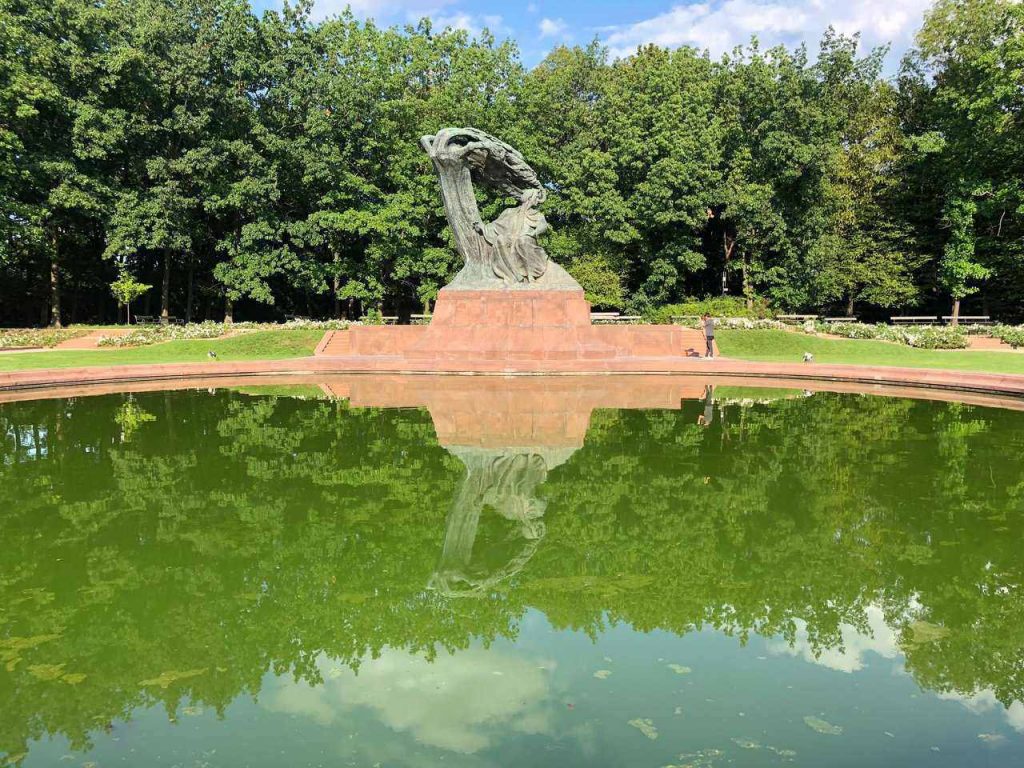
Chopin pined for his homeland as he was never able to return to Poland from Paris due to the political climate. However, he has left a piece of his life through excerpts of music that can be heard on stone benches outside various monuments. We walk past his house, the church, and the palace where he played. At the end of the trail, I am at Holy Cross Church where his heart lies inside a tiny urn, smuggled by his sister, from Paris after his death.
The sun slowly sets and as I leave Warsaw for my next destination, I can see the Sigismund Column towering over the rest of the monuments bathed in the evening hues.
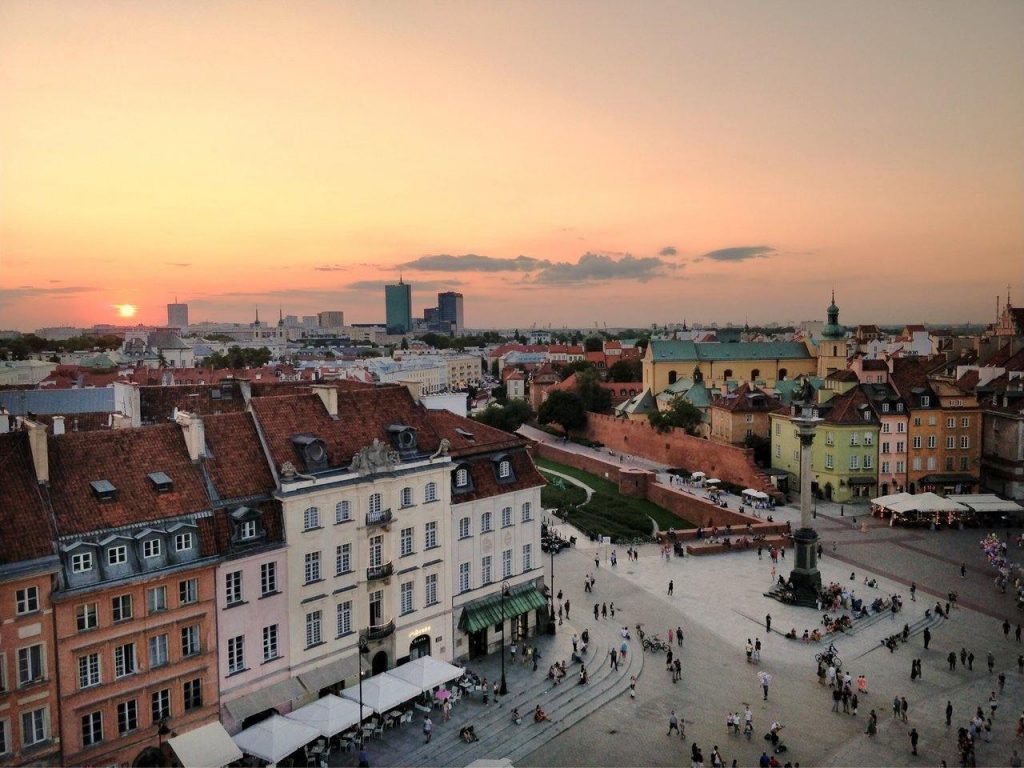
Old Town of Torun
If there is one town that is still lost in a medieval stupor, it is Torun on the banks of the Vistula. There is something magical about this Gothic Old Town that even the World Wars could do nothing to destroy it. My guide points to a brick tower that stands at an angle and tells me that it represents a tragic love story between a knight and a nun. The knight built the tower, only to find it leaning like his attachment. Locals are however philosophical and believe that you can purge your mind of guilt by just looking at it for ten seconds.
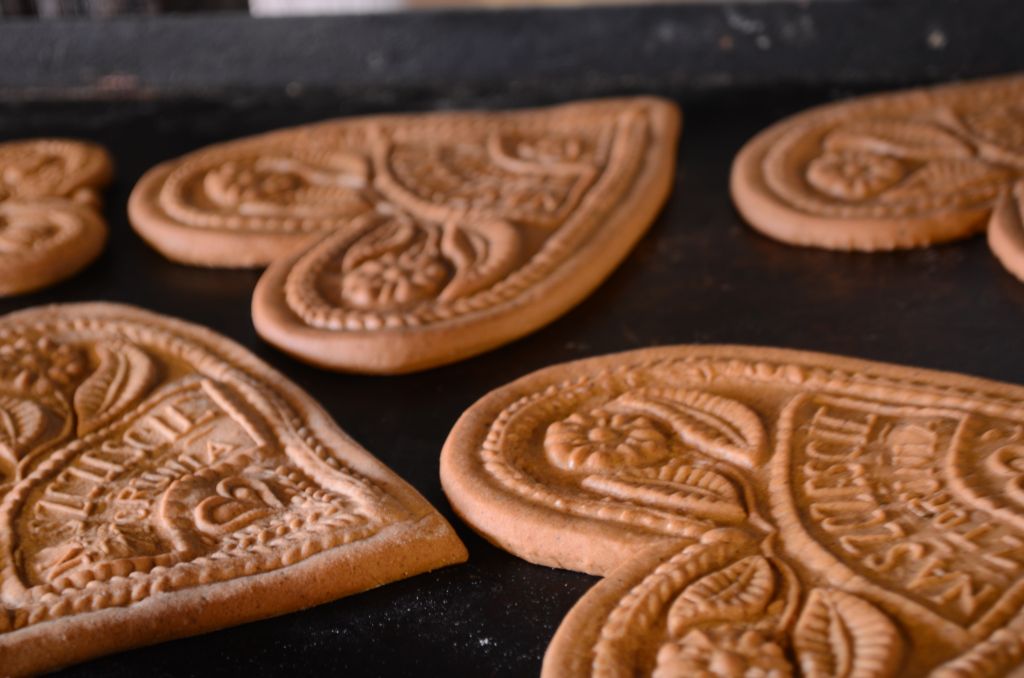
Torun, known for its pierniki or the legendary gingerbread is the epitome of quaint charm. Home to the Teutonic knights, there are fortresses, palaces, granaries, and churches that greet you everywhere. The medieval gates and the walls are still intact as well. As I look up at the tower of the cathedral, I see a massive bell, aptly titled God’s Trumpet which weighs over seven tons. Among all the Old Towns in Poland, this is my favourite and I strongly recommend Torun as one of the quaint places to see in Poland.
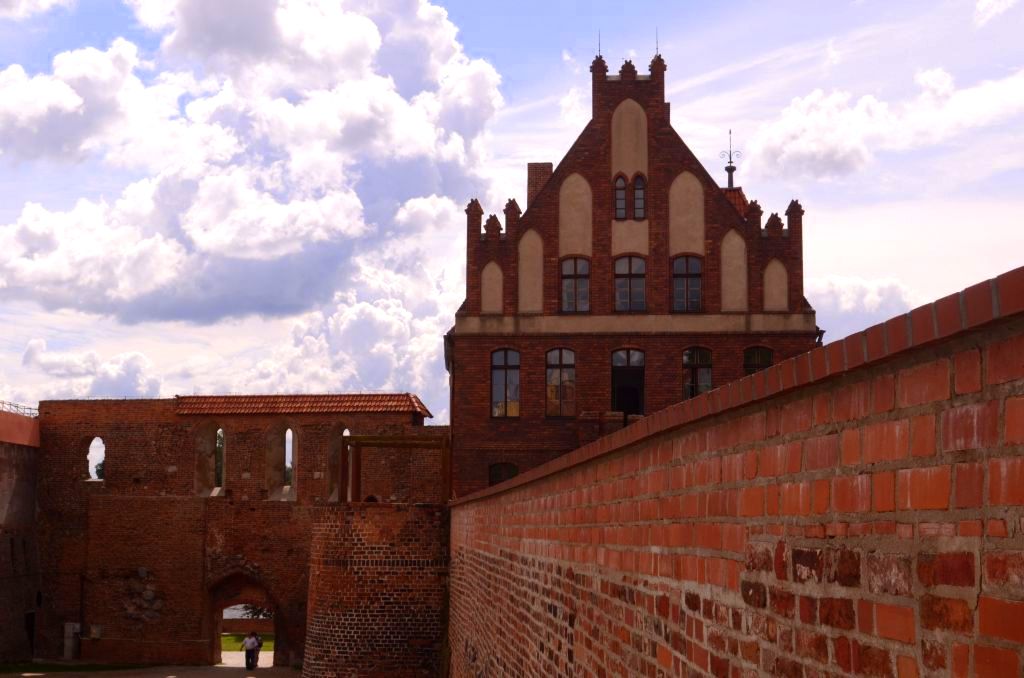
But there is more to the UNESCO World Heritage Site than just bread and bricks. The town revolves around Nicolas Copernicus, the astronomer. Statues adorn street corners. Shops and restaurants bear his name. We visit his old home and the church where he was baptized. And as we leave, we see him looking skyward.
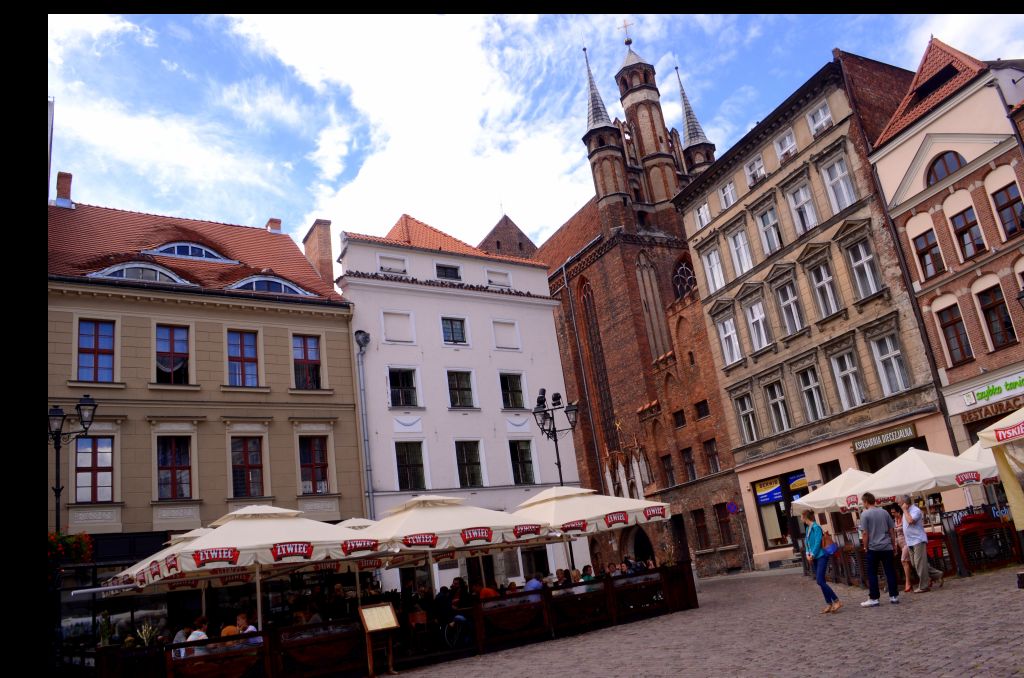
A visit to Torun is not complete without a glimpse of the largest castle in Europe – the Malbork Castle built on the banks of the River Nogat by the Teutonic Knights. Malbork or Marienburg built in the 14th century was destroyed during the Second World War and the three main towers were rebuilt over a period of time. Malbrok’s history is connected to Torun and it is just a couple of hours away by road
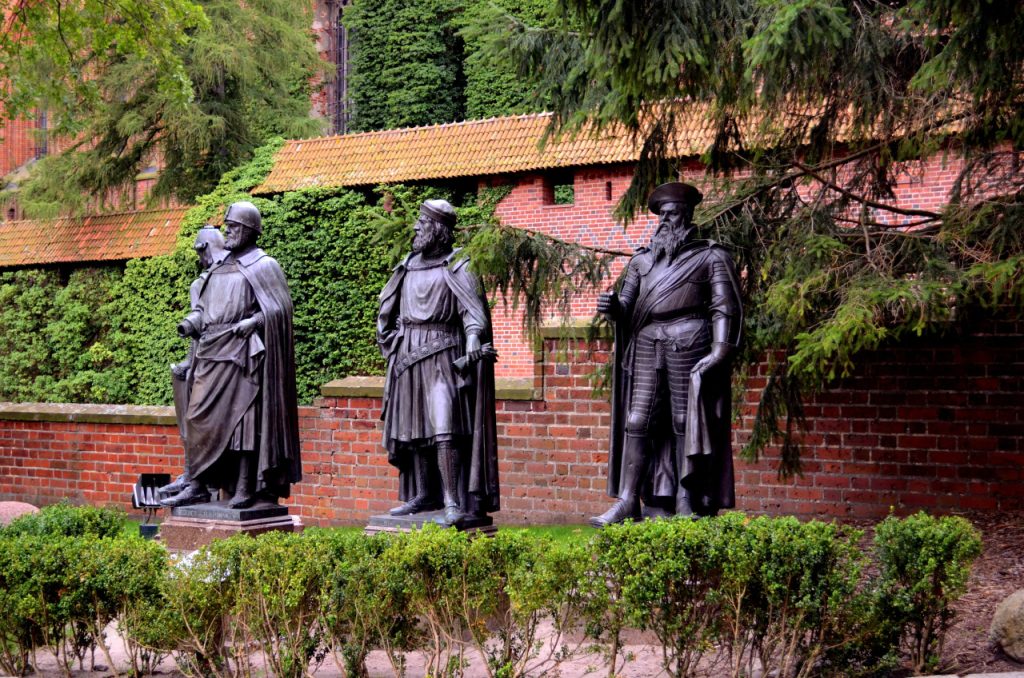
Old Town of Gdansk
Our next stop is the home of Neptune, the Ocean God who turns even the famous liqueur Goldswasser golden. According to the legend, Neptune, tired of people throwing gold coins in the fountain hit it so hard with his trident that the gold broke into pieces and formed flakes that filled the liqueur. There are stories galore in the Old Town of Gdansk, which is one of the bustling Old Towns in Poland.
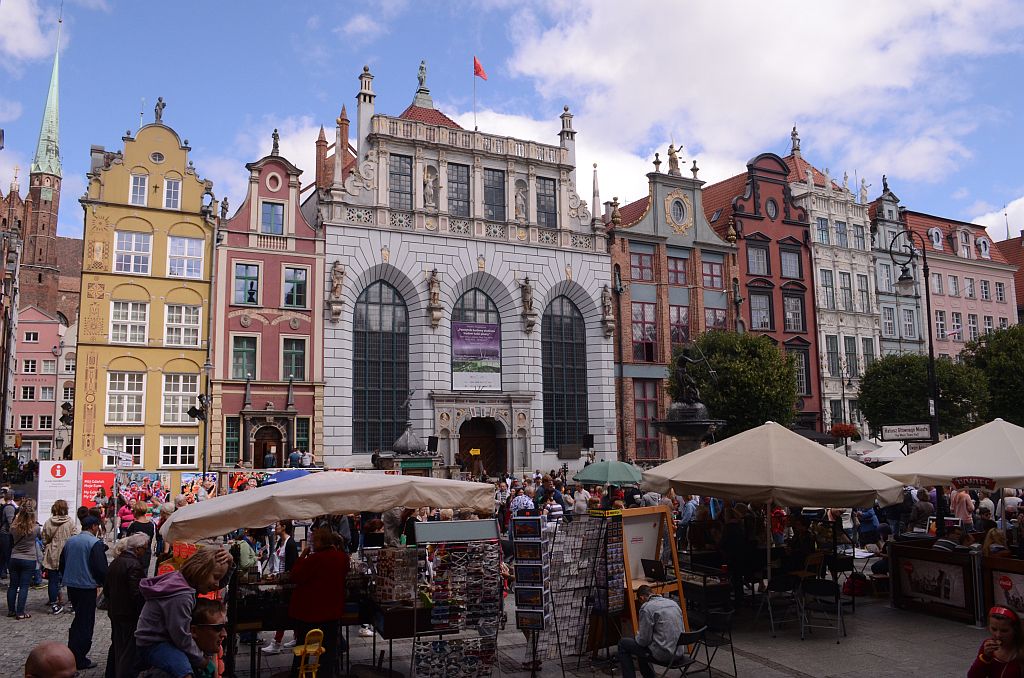
Gdansk, a port on the Baltic Coast prides itself on its 1000-year-old history and we go on a leisurely walk in the old town where churches and city halls, museums, and markets greet us. I stroll along St Mary’s Street which leads us through the medieval St Mary’s Gate to the Long Embankment and takes us to St Mary’s Basilica, the largest brick church in the town with a huge astronomical clock that decorates the walls.
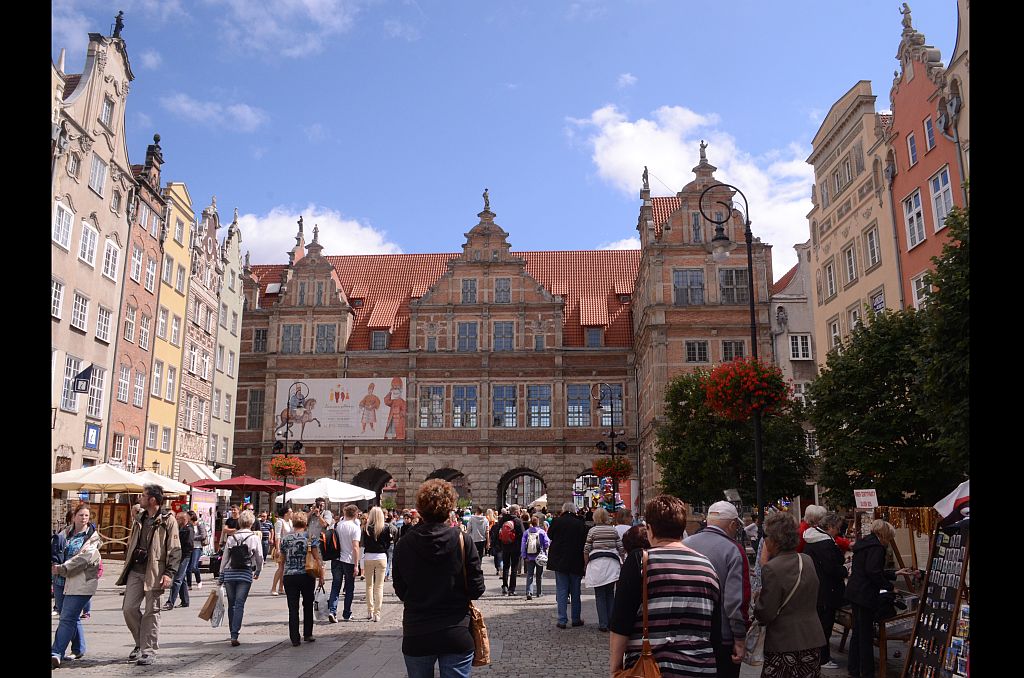
Back in the Old Town Square, there is vivacious energy here that overwhelms me. This thoroughfare is an artist’s hangout. Easels and canvases are spread all over, taking us on a tour of ancient Gdansk. And there is amber everywhere. Golden necklaces and chains, bracelets, and earrings are sold at every shop corner while we visit a museum as well.
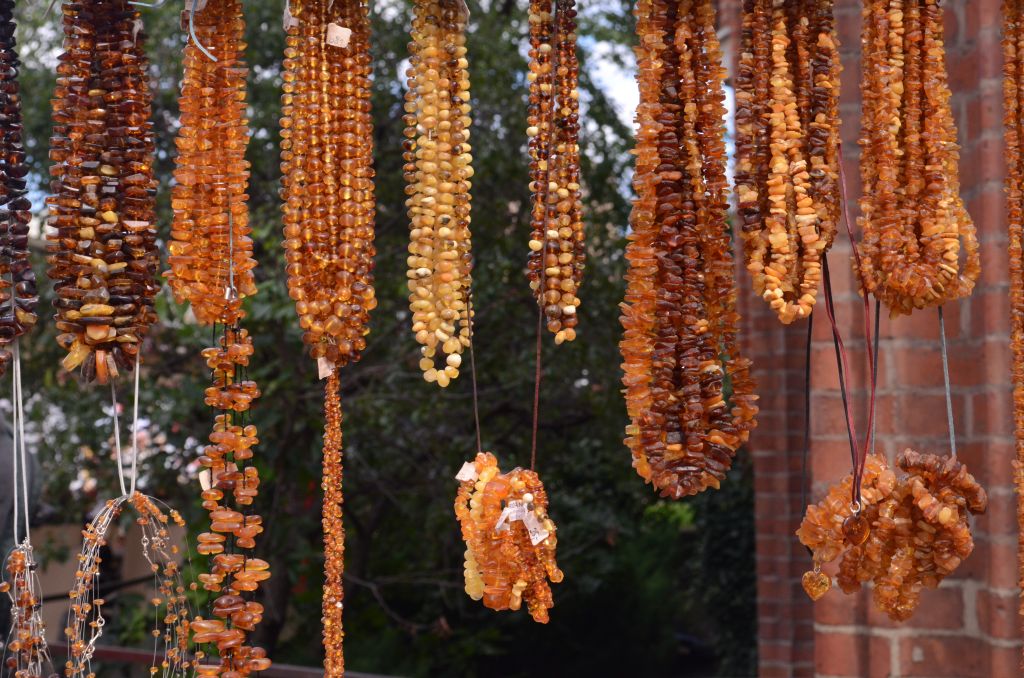
As we head towards the spa town Sopot, we stop by to watch some cruises on the Motlawa River with the old town in the background. The music is loud and cheerful and the atmosphere is so vibrant that I continue to walk aimlessly, soaking in the mood.
Old Town of Wroclaw
I fell in love with Wroclaw the moment I stepped into this beautiful town that has such a mishmash of history and fusion of cultures. Floating on the banks of the Odra, Wroclaw with its quirky dwarfs and its thousand-year-old history fascinated me. A charming town that was once a part of the Kingdom of Poland in the medieval era, Wroclaw had been ruled by different regimes – from the kingdoms of Bohemia, Hungary, and Prussia to the empires of Habsburg and Germany. The city was called Breslau by the Germans. Wroclaw was one of the last cities to fall during the Second World War. After the war, Wroclaw returned to its original fold and it is now the fourth-largest city in Poland.
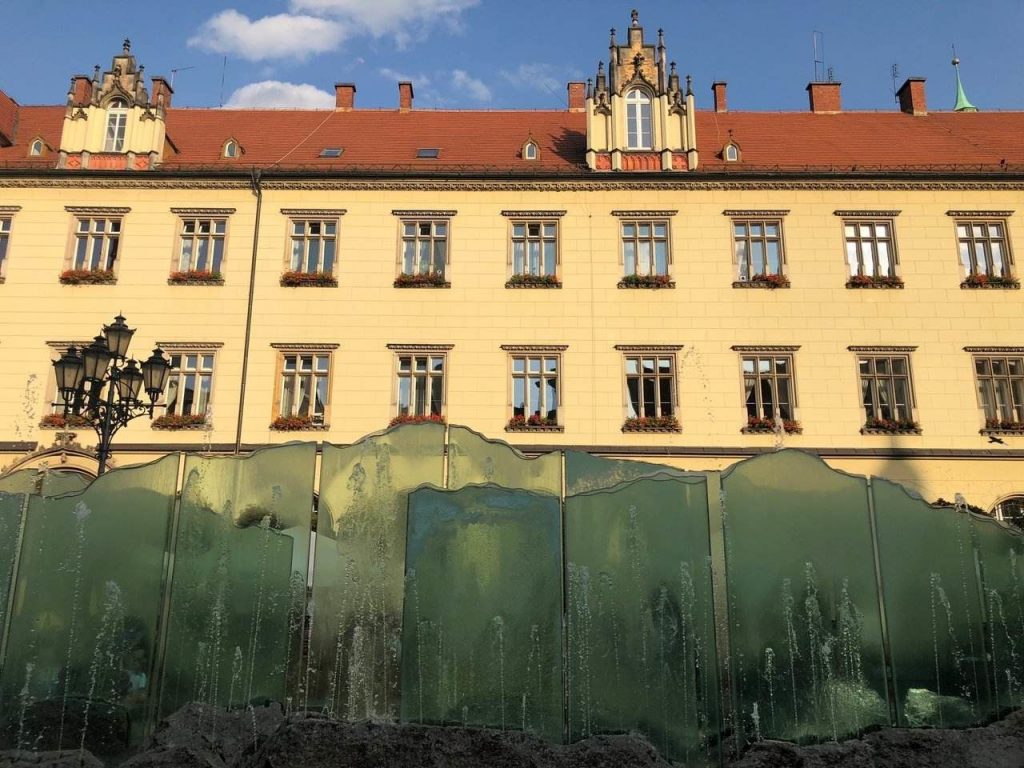
The Old Town or Stare Miasto dating back to the 13th century is surrounded by the City Moat and a part of the medieval fortifications. Rynek or the Market Square is the very heart of the city and it is always throbbing with energy. The Gothic Old Town Hall stands along the New Town Hall and the entire atmosphere is full of life and colour. The oldest restaurant called Piwnica Swidnicka is located here. This is one of my personal favourites among the many Old Towns in Poland.
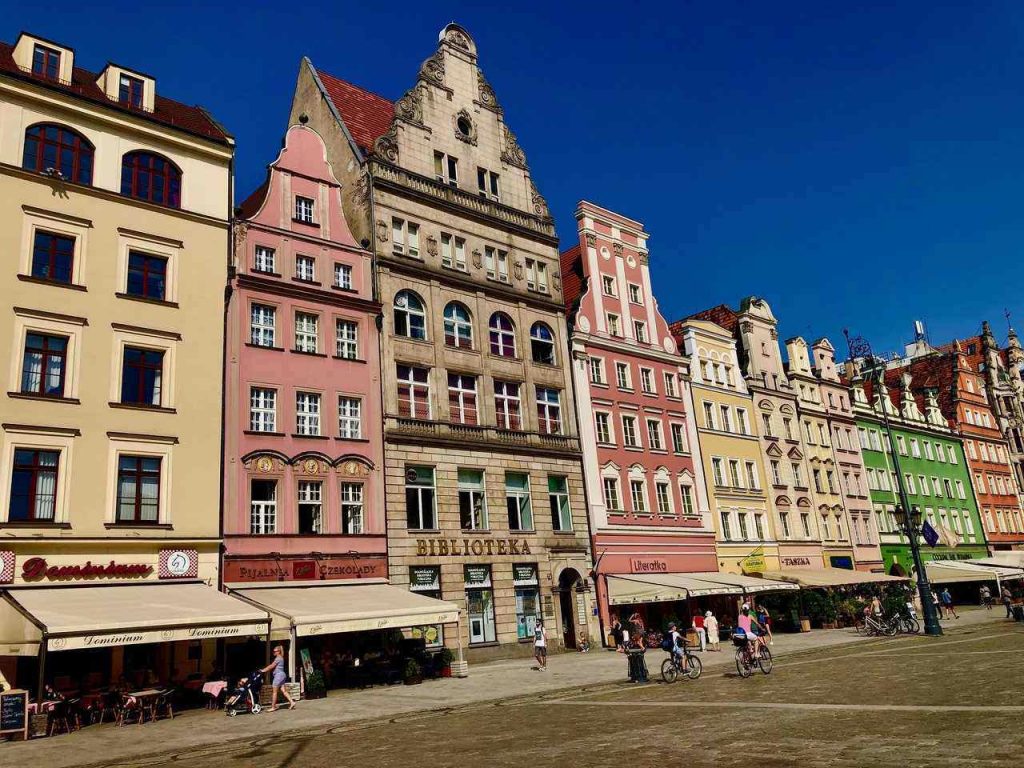
There are several beautiful townhouses painted in different hues surrounding the Market Square. One of the most charming ones is called Hansel and Gretel after the fairy tale. There are live performances everywhere while restaurants and cafes beckon you. There are several churches in and around the square and St Elizabeth Church even treats you to an observation deck. The Salt Square, which was once a market for salt, leather, and honey is now a flower market that never shuts down.
One of the traditional markets that has survived the wars, the Wroclaw Market Hall or Hala Targowa as it is called is located near the Old Town Market Square and the Cathedral Island. Built-in the beginning of the 20th century, it was the haunt of traders, merchants, and vendors. Today there is a traditional market here selling everything from souvenirs to local crafts, food, and vegetables. You can even have a quick snack or a light meal here.

Other places to see include art galleries, palaces, museums, and theatres including opera halls, and puppet theatres.
Wroclaw’s mascots are the tiny dwarfs and there are over 300 of them in the town, but you can see some of the most popular ones in the Old Town. To know more about the dwarfs, see the photo essay on Wroclaw dwarfs here. The dwarf trail is one of the most charming things to do in Poland, which makes Wroclaw one of the unique places to see in Poland.
Wroclaw is charming, quirky, and full of stories, and the river tells a tale of its own.
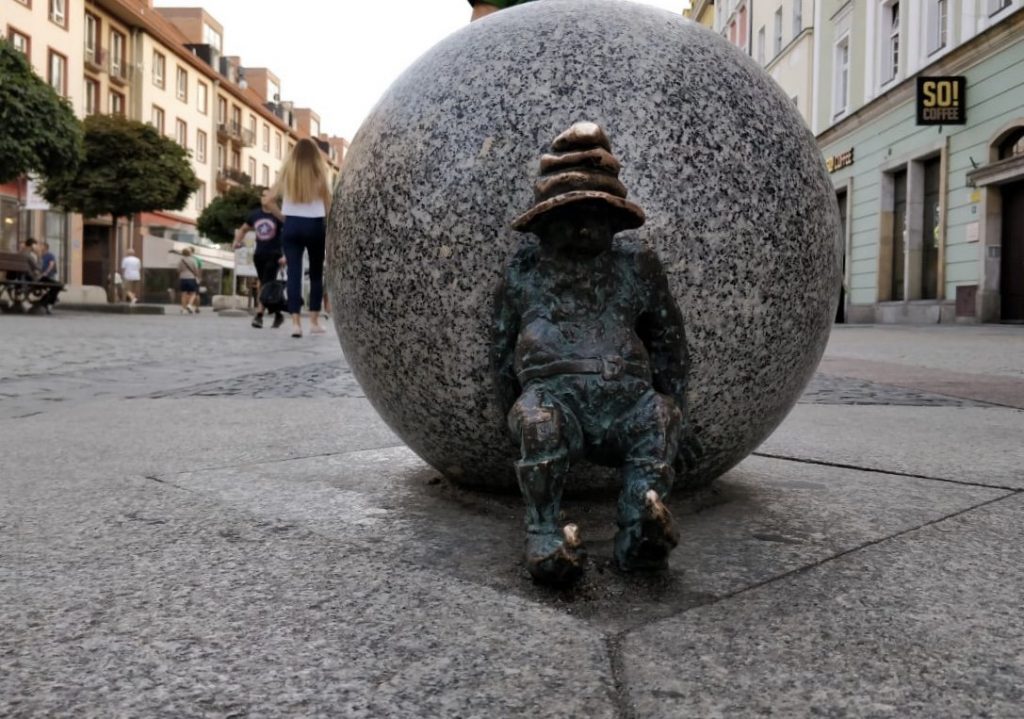
Which of these Old Towns of Poland is your favourite ? What other places to see in Poland would you add to the list

